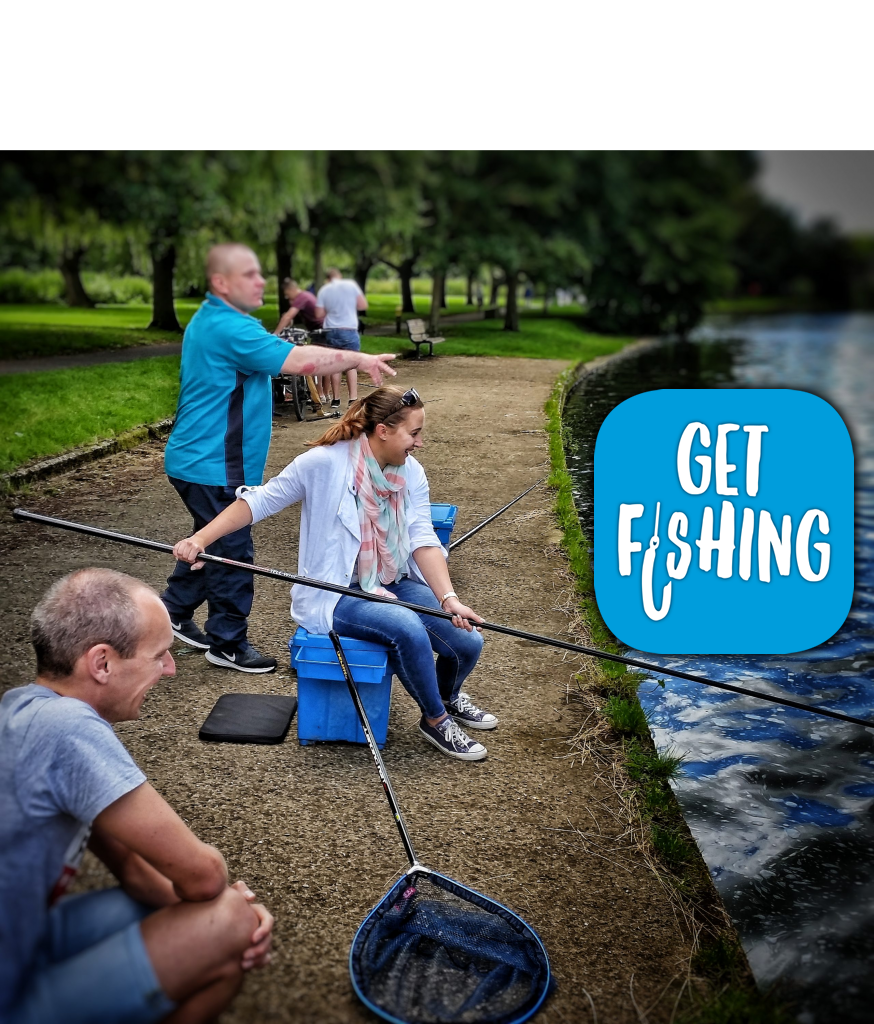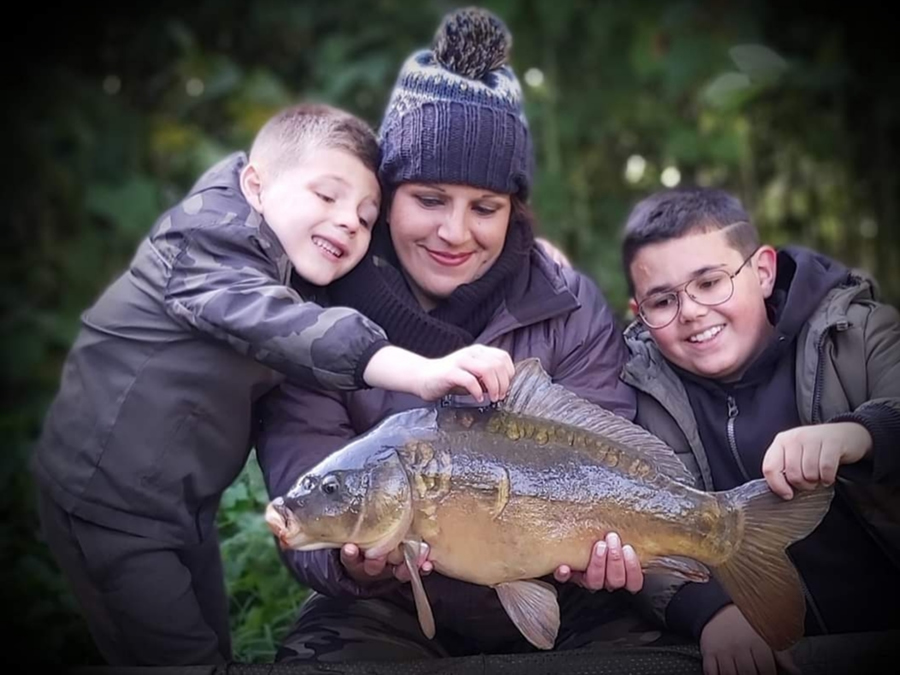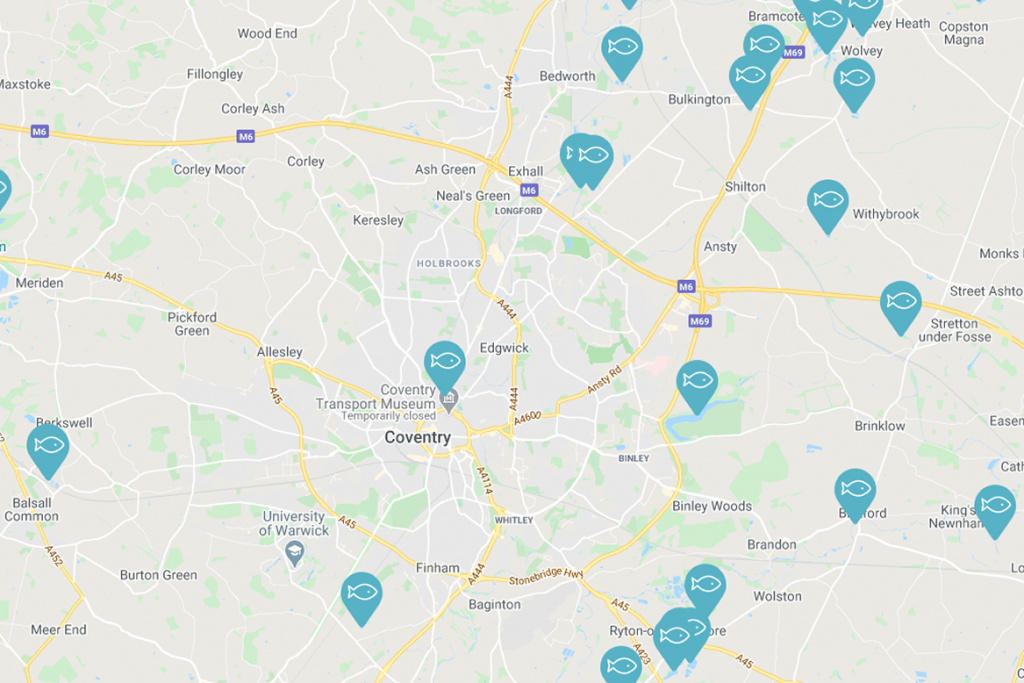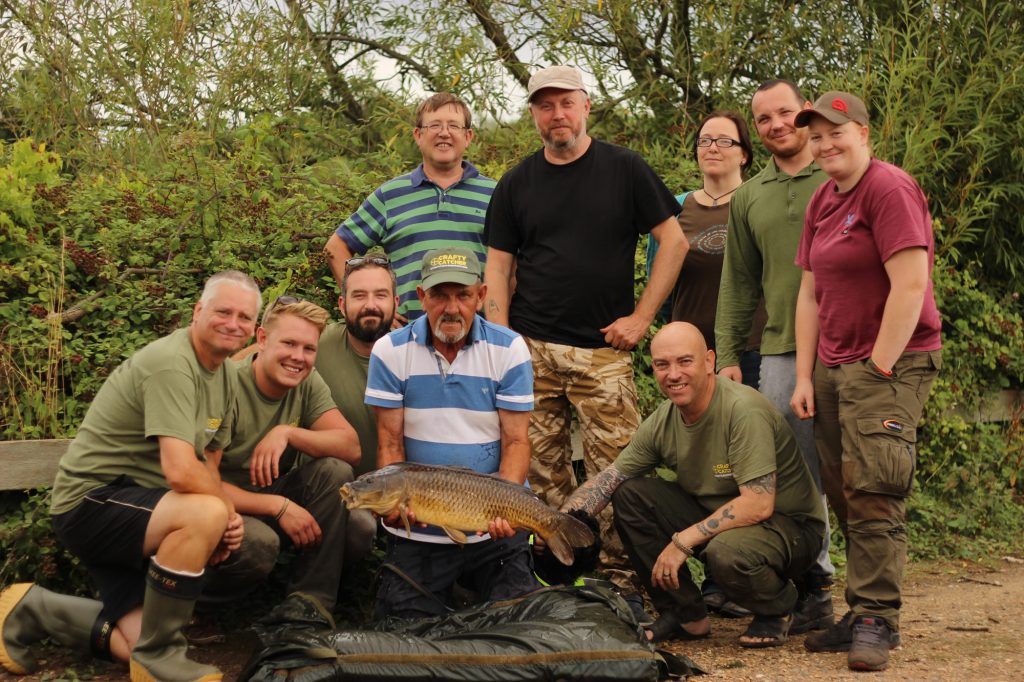
Lines On The Water
A beginner’s guide to river fishing
Looking to go coarse fishing on running water when the season allows? Qualified Coach, Dominic Garnett is your guide to the essentials of river angling, from basic watercraft to common methods and fish species.

Of all the places to fish in the UK, rivers are a firm favourite with many anglers. Whether it’s the beauty of natural settings or the varied and often excellent fishing to be had, flowing water has a magic all of its own. But where should you begin?
Starting points: When and where can I fish on rivers?
Fishing on rivers is very different to stillwaters. For one thing, if you want to fish any river for coarse fish (i.e. any freshwater fish other than trout and salmon) there is a set season to do this. The river fishing season runs from June 16 to 14 March, with a “close season” outside these dates, which is there to give the fish a break while they spawn. If you go fishing on rivers and other waters with a traditional close season during this prohibited time you risk a hefty fine – please don’t do it! For full details of how to fish legally see our blog on this subject HERE.
As to where to fish, there are a huge number of rivers to explore! Your best starting point is simply to ask your local tackle shop or other anglers but after that a simple online search of the name of the river near to you along with the word “fishing” is often enough to find out more – don’t forget Google Earth too – and the Angling Trust Map has lots of places to fish – you can even check river levels so that you are sure it is not too high or dangerous.

You will, of course, need an Environment Agency fishing licence to fish on any river, stillwater or canal(if in doubt, see our fishing licence blog post for more on this topic). A fishing licence doesn’t mean that you can then just turn up and go fishing, though. You’ll still need permission from whoever has the fishing rights to access the water.
Occasionally you might find “free fishing”, but most stretches of fishable rivers are run by angling clubs. purchasing a “season ticket”. The good news is that fishing clubs are great value, often allow juniors to join for a reduced rate, or even free and most clubs will have a Facebook page or website where you can get useful info about the river and any other waters they control.
What are the best places to find fish on rivers?
After you’ve found your river, got a fishing licence and permission to fish, although it’s tempting just to go to the nearest place and start fishing, most rivers take some sussing out.. The fish won’t be evenly spread out and there will always be definite “hot spots” and areas that are better than others.
There are all sorts of reasons for this, but it’s always a good idea to leave the gear at home first and just take a walk and look at the water a bit more closely. What can you see? Where is the faster and slower water? Are there any features such as trees, weedbeds, bends, slacks or deeper pools? If you were a fish, where would you want to be in order to be safe or to feed? Think like a fish!

Obvious “features” like this overhanging tree, can be a real magnet for fish.
Figuring all this stuff out is what is known as watercraft and anglers give distinct parts of the river special terms to describe them. Here are a few of them to get you started:
Runs or glides are sections of water with a nice, steady flow. Although it might be tempting to avoid moving water, the fish like these areas. While you wouldn’t want to try a raging torrent, find areas with a slow to medium, walking-speed flow and you’ll often find fish. At the start of the fishing season or in summer it can be worth giving faster flowing water a go where there is more oxygen in the water.
Creases are places where slower and faster water meet, creating a visible “crease” in the river. Fish love these places because the current will bring food such as insect larvae along, but allow them to sit just out of the main flow and save energy.
Pools: Besides shallower and fast flowing areas, every river will also have places where the water is deeper and slower. This can be for natural reasons, such as a large bend or obstruction, but they might also be because there is a weir or other manmade feature. Deeper water is often a magnet for fish. Not only do they feel safer in these spots, but they can also avoid seasonal extremes of heat and cold.
Cover, snags and other typical “features”: anglers label all manner of interesting places of cover such as sunken trees, overhanging bushes, weed rafts and others as “features”. The chances are that if any such spot provides shelter and food, the fish won’t be far away!
What are the best methods to try to catch river fish?

River fishing expert and author Mark Everard enjoys a cast.
One of the great joys of river fishing is that there are so many types of fish and ways to catch them. When you are starting out though, we’d recommend keeping it really simple. Float fishing is a great way to kick off, because it’s straightforward, keeps you active and thinking all the time and catches fish of all sizes.
Details of all of the following methods can be found online, whether that means articles, or videos. The latter can be often found YouTube, while the Get Fishing website, has really clear, handy videos to help you get the hang of the basics.
Whip fishing is as simple as it gets, using just a pole with no reel and swinging out a float and baited hook. This is perfect for when the fish can be caught close in to the river bank. A 4 metre whip is perfect to start with, being fairly tangle proof and very cheap. You can even buy readymade float fishing whip “rigs” to make life easy.
Trotting is also a lovely way to fish, still with a float but using a rod and reel this time to let you explore more water. To “trot” means to let the float go with the current, taking your baited hook with the flow to find the fish. It’s excellent fun and catches lots of fish. Take a look at the Get Fishing video on River Float Fishing for a nice, easy setup,

A chub caught “trotting” the bait by letting it flow down in the current.
Legering and feeder fishing
Another great way to catch fish on a river is to leger, which simply means using a weight to keep the bait on the riverbed. This can be a good method to target fish that feed on the bottom, like bream and barbel.

An angler bends into a good fish on the swimfeeder
This method is often done with a swimfeeder, often just called a “feeder”, which is a weighted capsule that releases bait in the water. Bites are indicated using a quivertip, which is a finer, flexible end section of the rod that twitches when a fish takes the bait.
The Get Fishing book is a great place to learn more about all these methods
What are some common fish species I can catch on rivers?
There are many types of fish you might find on your local river. If you’re new to fishing, it’s also well worth taking a look at the FishBook feature on the Get Fishing site for a fantastic illustrated guide to various species of fish. Here are some of the more common types that you’re especially likely to catch on a river:
Roach: Silver-scaled with red fins, these fish are very common. Not the biggest, but they are great fun to catch. They love steady flows of water, as well as deeper pools and will readily eat bread or maggots. The little ones are very greedy, but the biggest (…and any over a pound is a fine fish!) can be quite a challenge.
Dace: Right at home in fast flowing water, these small silver fish are pretty and easy to catch. Look for steady, fairly shallow currents and try maggots.

Some of our more common river fish (L to R): roach, dace, chub and perch.
Chub: These fish are a fine bronze in colour and grow to a good size. They have big greedy mouths, but can also be notoriously shy! Chub like all kinds of bait, from worms to a big lump of cheese or bread.
Perch: Easily recognised by their stripes and spiky dorsal fin (…so handle with care!), the perch is a common predator. They like any snaggy features or slack water and can often be found close to the bank. Their natural diet is fish, but they love worms, and lure fishing is also a fun way to target them.
Other fish: One of the joys of river fishing is that you never quite know what you’ll hook. The next dip of the float could be anything from a migrating eel to a large carp!
Among the bigger river fish you’ll often find are barbel and pike. Both are great fish to catch but need slightly more specialised gear and careful handling if you are to release them unharmed. Once you’ve got the hang of the basics and caught some smaller fish, you’ll be in a much better position to target them successfully and make sure they go back fighting fit!

A barbel is returned, the angler holding it upright to regain its strength before swimming off. As wild creatures, river fish are especially precious and deserve our care and respect. We’d recommend you always have a landing net and a soft unhooking mat ready. Indeed, most fishing clubs insist that fish are carefully handled and released.
Further river fishing tips…
- Rivers are hugely varied, but perhaps the easiest place to start is a smaller one, where you can more easily find a few fish and don’t need to cast a long way to reach them.
- It’s always worth taking a pair of polarising sunglasses to the river. These help to cut out the water’s surface glare so that you can spot more fish.
- Why not get in touch with your local fishing club or tackle shop? These are great for finding out more about river fishing in your area.
- Never be afraid to take a walk and watch the water before fishing. The best spots won’t always be near the parking!
- Always be careful around rivers, especially large and deep waters, or during flood conditions. Even the best spot in the world is not worth risking a life for!
- Don’t be scared to fish the flow. Many newcomers are put off by the pace of running water, but river fish are well adapted to life in the current.
- Perhaps the best all-round bait for river fishing is the maggot. Don’t be afraid to keep throwing some in where you’re fishing. On rivers “Little and Often” is a good rule when it comes to getting the fish feeding.
- Do keep an eye on the conditions, because this can have a big effect on the fishing. In hot weather, for example, you might find that fish like faster, better oxygenated water. In winter floods, on the other hand, they are likely to be in deeper, slack areas. When rivers are extremely low and clear it can be easy to see the fish but it’s best to leave them alone until there’s some rain and high water which means more dissolved oxygen to help them “breathe”.
- Last but not least, why not do your bit to keep our rivers healthy and beautiful? Even if you didn’t bring it with you, clearing your spot of litter is good for your “angling karma” and you are doing the river and its wildlife a big favour! Fishing line can now be recycled thanks to the Angler’s National Line Recycling Scheme: anglers-nlrs.co.uk
You might also like

Angling Trust Presses Water Commission to Go Faster and…

VIDEO: Alice and her 3 boys have a day…

Recovery Rods help boost mental health and wellbeing by…

Teddy is hooked! – back for more fishing and…

Thank you to all our volunteers – you do…

Get Fishing Fund – Funded Project: HACRO were visited…
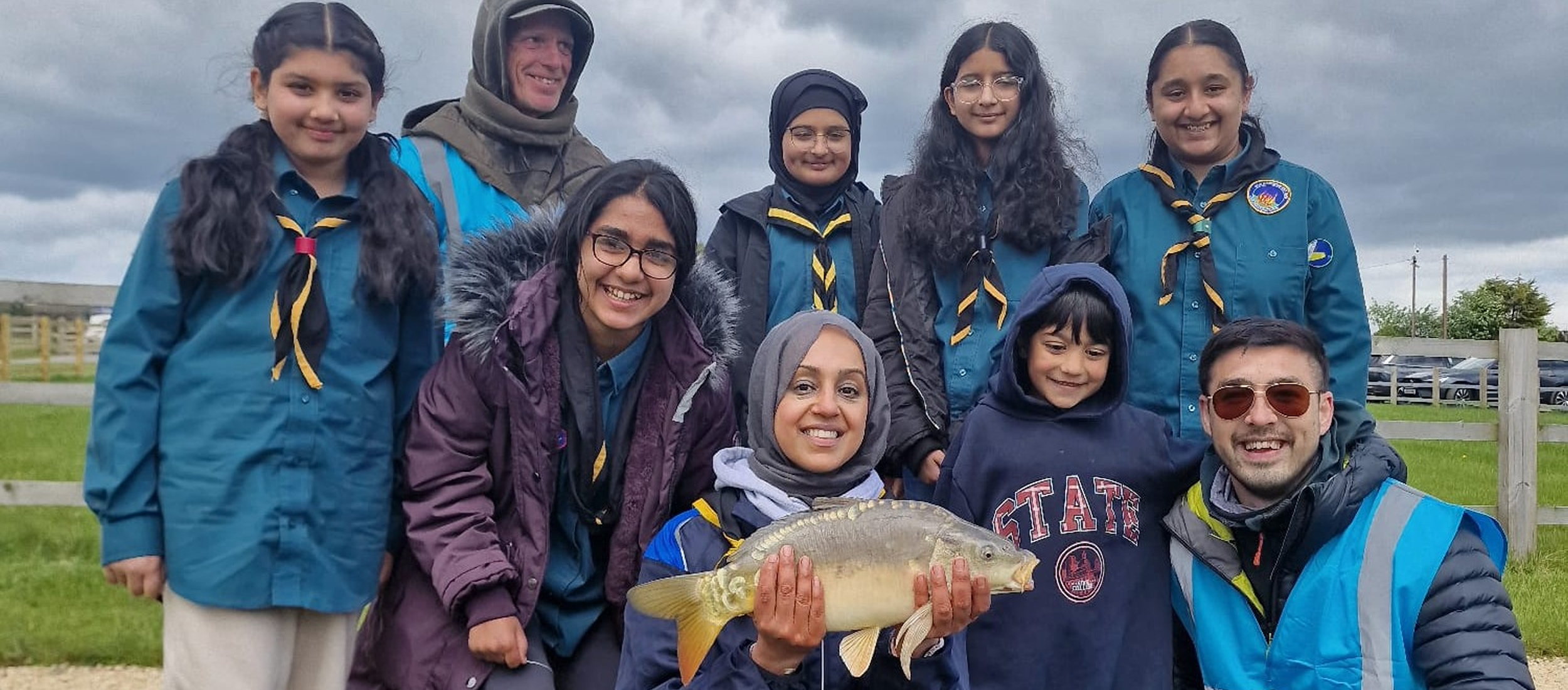
New Horizons had an amazing day taking part in…
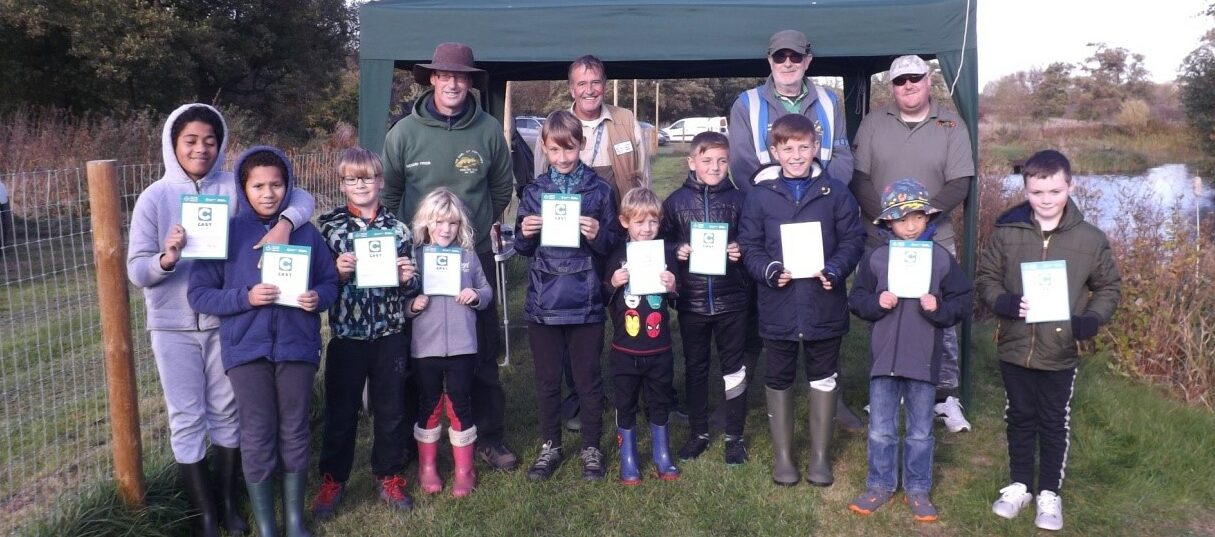
Get Fishing Fund – Funded Project Blog: Steve Clamp…

Somersham Angling Club hosted some fabulous Get Fishing events…
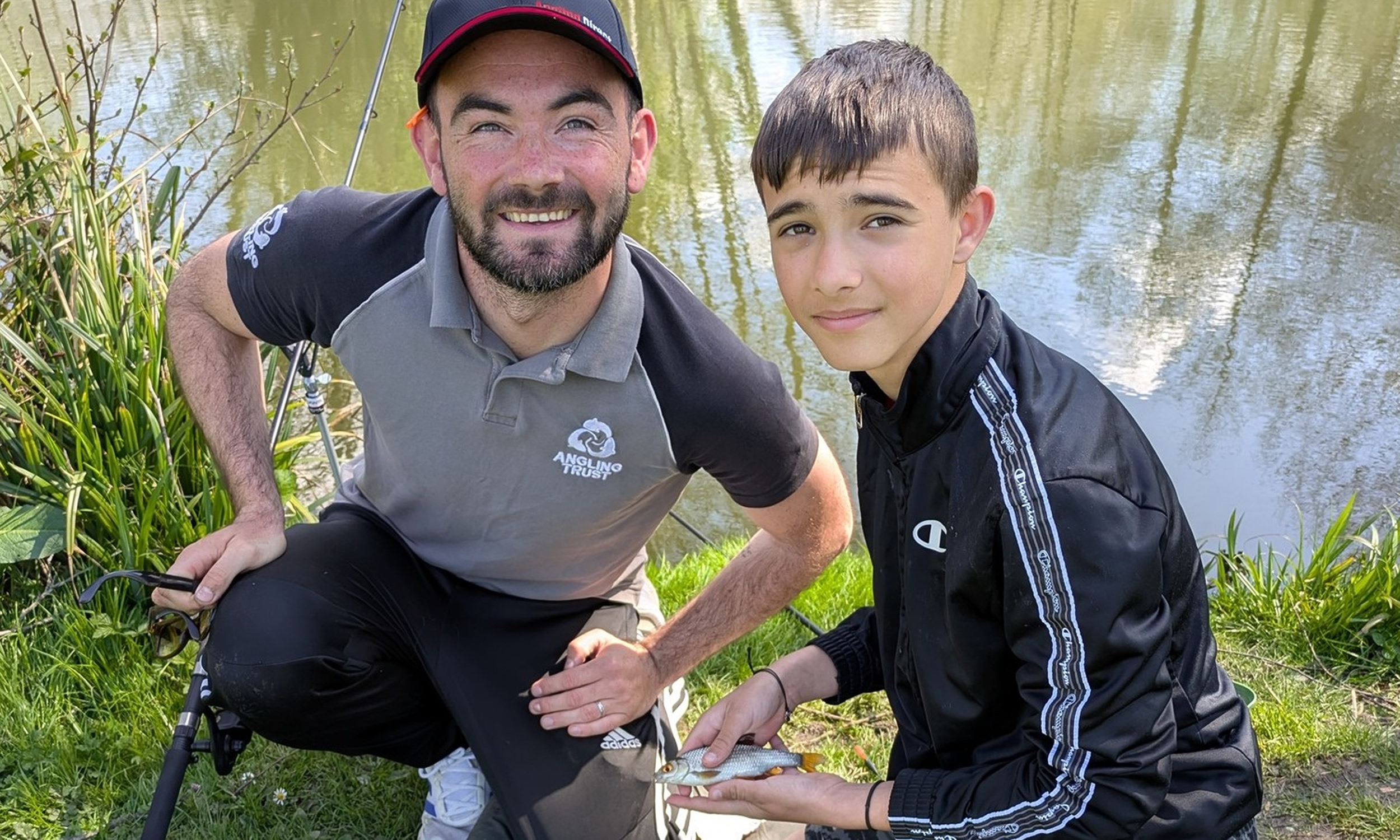
BLOG: Jack’s Back! What’s been happening in my East…

We want a water industry fit for purpose

VIDEO: What are your favourite fishing moments?! – Get…

Angling Trust Presses Water Commission to Go Faster and…

VIDEO: Alice and her 3 boys have a day…

Recovery Rods help boost mental health and wellbeing by…

Teddy is hooked! – back for more fishing and…

Thank you to all our volunteers – you do…

Get Fishing Fund – Funded Project: HACRO were visited…

New Horizons had an amazing day taking part in…

Get Fishing Fund – Funded Project Blog: Steve Clamp…

Somersham Angling Club hosted some fabulous Get Fishing events…

BLOG: Jack’s Back! What’s been happening in my East…

We want a water industry fit for purpose

VIDEO: What are your favourite fishing moments?! – Get…

Angling Trust Presses Water Commission to Go Faster and…

VIDEO: Alice and her 3 boys have a day…

Recovery Rods help boost mental health and wellbeing by…

Teddy is hooked! – back for more fishing and…

Thank you to all our volunteers – you do…

Get Fishing Fund – Funded Project: HACRO were visited…

New Horizons had an amazing day taking part in…

Get Fishing Fund – Funded Project Blog: Steve Clamp…

Somersham Angling Club hosted some fabulous Get Fishing events…

BLOG: Jack’s Back! What’s been happening in my East…

We want a water industry fit for purpose

